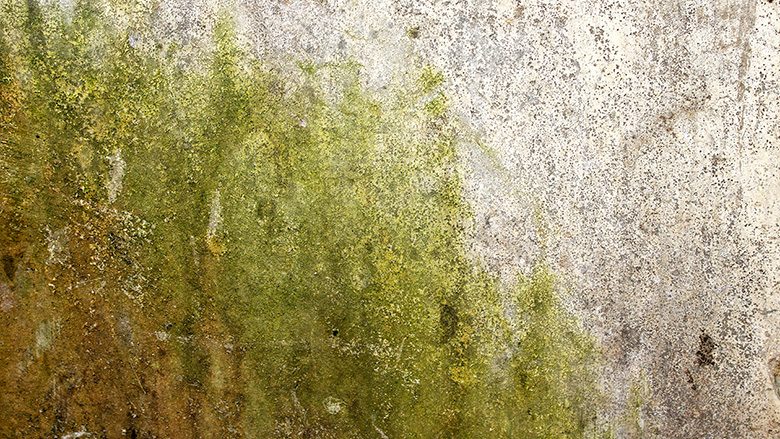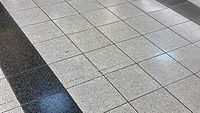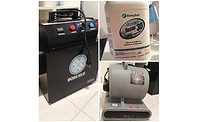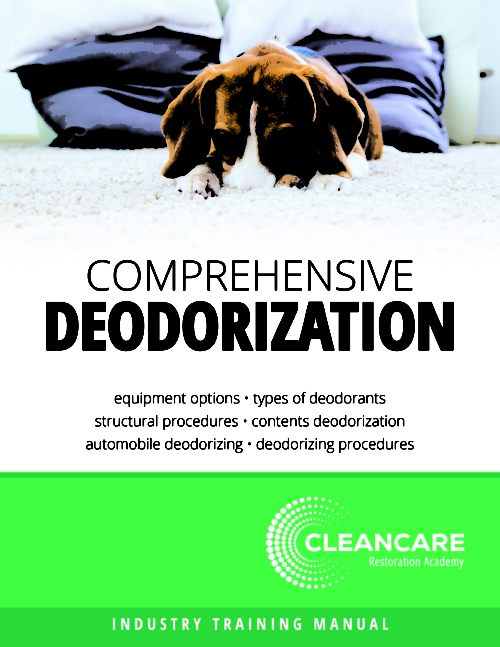An Odor Investigation Gone Awry: A Cautionary Tale for Industrial Hygienists

Photo: Lubo Ivanko / iStock via Getty Images Plus
At first appearance, the paper appeared well-researched and should have been hard to refute. In this article the parties will remain unnamed though it involves a well-known hospital and highly credentialed interior air quality analysis firm written by a similarly credentialed industrial hygienist.
The IAQ firm and researcher were commissioned to help identify the source of odors sometimes described as fishy or mildewy that was considered obnoxious by hospital personnel. In the 215-page findings report numerous elements of the building envelope and components were investigated. These included finishes, structural elements and air handling equipment.
Investigation included date logging of the incidents as reported by staff which gave the impression that the condition was transitory with a spike of occurrence followed by dramatic fall in reports. The investigation did not include any type of destructive inquiries into walls, cavities and fixtures. These situations were not investigated in depth by the firm.
It was determined that the odors involved seven of eight medical processing rooms which had the same flooring material. In the report conclusion it was stated that several of these rooms should have the sheet vinyl replaced to see if that would rectify the situation.
This conclusion was supported by numerous citations on how high pH conditions can break down PVC and its component phthalate plasticizers. The premise being that the hospital's alkaline cleaner was having a decomposition effect on the identified sheet vinyl.
This is where all the research begins to break down, taking with it the credibility of the firm and of the researcher, never mind all the other elements of the written report.
While the writer of this article has personally seen and investigated the decomposition of PVC sheet and tile from high pH conditions, these were never associated with transitory exposure of low-pH cleaning chemicals routinely used in hospital environments. These effects can occur when PVC products are consistently exposed to degreasers and similar high-pH and solvent-based commercial kitchen cleaners and disinfectants. These conditions can also occur when concrete substrates have a high moisture condition resulting in a high-pH liquid at the flooring concrete interface.
These conditions have a direct effect on PVC-based sheet and tile which results in a type of material shrinkage manifested by opening and failing heat welds with sheet vinyl and gapping tile products. What is also usually noticeable is flooring indentations and surface undulations related to softened liquified flooring adhesive under the floor material. None of these effects were noted in the researcher’s report.
Now we come to the biggest blunder of the report. In the researcher’s investigation, a PVC-based floor tile product manufactured by the flooring manufacturer was identified and VOC chamber tested by the researcher. This same flooring manufacturer also manufactures resilient sheet and tile products that are non-PVC based with none of the associated phthalate plasticizers. This writer was able to refute the report findings and conclusion by simply confirming the true identity of the flooring product from the researcher's photographs of the flooring sample tested as being from his non-PVC flooring collection. Further research into our records showed that none of our PVC-based resilient tile was ever sold or shipped for installation at the hospital.
Remember the devil is always in the details. Measure twice and cut once. A rose is a flower, but all flowers are not roses. Do your research or someone will do it for you!
Looking for a reprint of this article?
From high-res PDFs to custom plaques, order your copy today!









